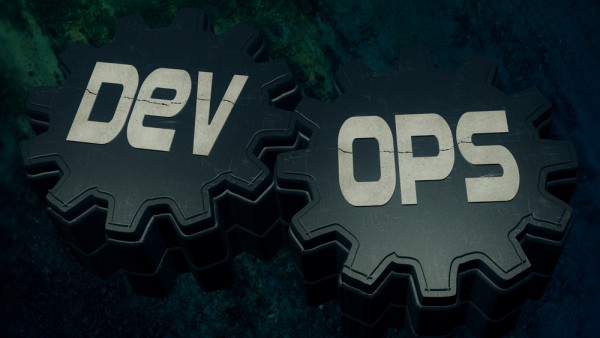How improved automation across DevOps can accelerate digital transformation

There’s no doubt the DevOps model is revolutionizing the IT industry by bridging the gap between developers and operations teams. The benefits of automating manual tasks and removing barriers are significant. From shortening development lifecycles to increasing the delivery of high-quality software, DevOps enables companies to innovate faster with lower failure rates.
However, despite the benefits, developers are only spending 39 percent of their time writing new code or improving existing code, according to research by Tidelift and The New Stack. Almost a quarter (22 percent) of their time is spent doing code maintenance and 14 percent on operational tasks and meetings.
As companies face increasing pressure to shorten software development times to meet customer demands for new applications and services, the role of DevOps is now more important than ever. But with developers being pulled into maintenance and operational tasks, delaying their ability to write new code, how can you free up their time to get your software to market faster and accelerate your digital transformation strategy?
Integration challenges across teams
While DevOps is supposed to increase speed and collaboration between developers and operations, according to Gartner, 75 percent of DevOps initiatives will fail to meet expectations due to organizational learning and change issues. This is due to human-focused factors such as lack of collaboration, unrealistic expectations of DevOps, organizational change not being managed, and trying to do too much too quickly.
One reason for this is that individual teams typically have their own setup of DevOps automation tools and professional skills that often don’t span more than one functional area. And, depending on the setup of your development and operations teams, where you might have up to six different functional DevOps areas, including Planning, Development, Testing, Security, Deployment and Operations, if your teams aren’t working collaboratively with the right tools, silos start to emerge impacting workloads and outputs.
But with developers spending less time on creating new or improving existing code and too much time caught up on maintenance and operational tasks, companies need to find new ways of automating workloads to break down the silos and free up their developer’s time.
Improving automation to free up your developer's time
To enable developers to spend less time on tedious maintenance tasks and more time innovating, you need to deploy an end-to-end system to fully manage your Continuous Integration and Delivery (CI/CD) pipeline. This should include automating jobs such as: installing dependencies via Composer, validating your code, running static security scans for multiple coding languages and executing your tests, deprecated code scanning, artifact building and automated updates.
The benefit of a system like this is that it gives you the ability to implement real Continuous Delivery by constantly testing your code to ensure that it’s secure, up to date and up to standard. Then once your tests pass, it will automatically deploy your updates, enabling you to release improvements multiple times per day without fear of regressions. As a result, your code will be higher quality, more stable, and more secure and can be shipped with a single click of a button. Then if you want to extend, override or customize it, you have complete flexibility and control.
Furthermore, increasing automation reduces human error. Automated testing and scanning will find problems early and only require developer attention when necessary. Automated updates and deprecated code fixes will remove some of the necessary but less creative maintenance work. All of this leads to more frequent and more stable updates to the code. This reduces bugs and incidents which in turn frees up your developers for higher-value work.
Accelerating digital transformation
With increasing customer pressures for new applications and services, companies need to accelerate their software delivery to stay ahead of the competition. As DevOps practices are heavily dependent on effective automation to increase software development and delivery, improved automation will reduce the maintenance and operational tasks which are currently draining your developer’s time.
By deploying an end to end solutions to fully manage your CI/CD pipeline, you can automate a significant amount of menial tasks which will not only increase productivity and innovation but also mitigates the risk of human error and delivers continuous and optimized customer experiences. Only then can you realize the potential of your development team and accelerate your digital transformation strategy.
Photo Credit: anathomy/Shutterstock
Emily Herr is product manager, Acquia.
